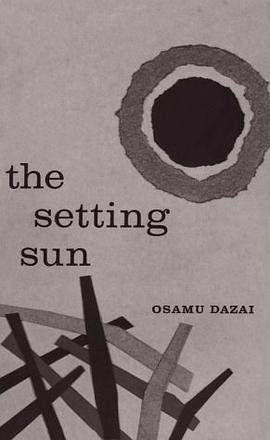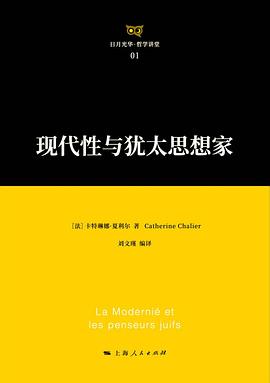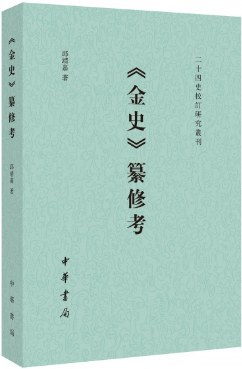The Setting Sun
内容简介
This powerful and tragic novel vividly paints life in a nation in social and moral crisis. Set in the early postwar years, it probes the destructive effects of war and the transition from a feudal Japan to an industrial society. Ozumu Dazai died, a suicide, in 1948. But the influence of his book has made "people of the setting sun" a permanent part of the Japanese language, and his heroine, Kazuko, a ayoung aristocrat who deliberately abandons her class, a symbol of the anomie that pervades so much of the modern world.
......(更多)
作者简介
Osamu Dazai (太宰 治, Dazai Osamu, June 19, 1909 – June 13, 1948) was a Japanese author who is considered one of the foremost fiction writers of 20th-century Japan. A number of his most popular works, such as The Setting Sun (Shayō) and No Longer Human (Ningen Shikkaku), are considered modern-day classics in Japan. With a semi-autobiographical style and transparency into his personal life, Dazai's stories have intrigued the minds of many readers.
His influences include Ryūnosuke Akutagawa, Murasaki Shikibu and Fyodor Dostoyevsky. While Dazai continues to be widely celebrated in Japan, he remains relatively unknown elsewhere with only a handful of his works available in English. His last book, No Longer Human, is his most popular work outside of Japan.
......(更多)
目录
1. Snake
2. Fire
3. Moonflowers
4. Letters
5. The Lady
6. Outbreak of Hostilities
7. The Testament
8. Victims
......(更多)
读书文摘
容易死的人都是老实巴交、漂亮温柔、心地善良的人。
有一个说法叫做“见不得人的人”,它指的是那些人世间悲惨的败北者、背德者,我觉得自己打一出生就是一个“见不得人的人”,所以一旦遇到那些被世人斥之为“见不得人的人”,我的心就不由分说地变得善良温柔了。而且我的“温柔”足以使我自己也如痴如醉。
......(更多)






